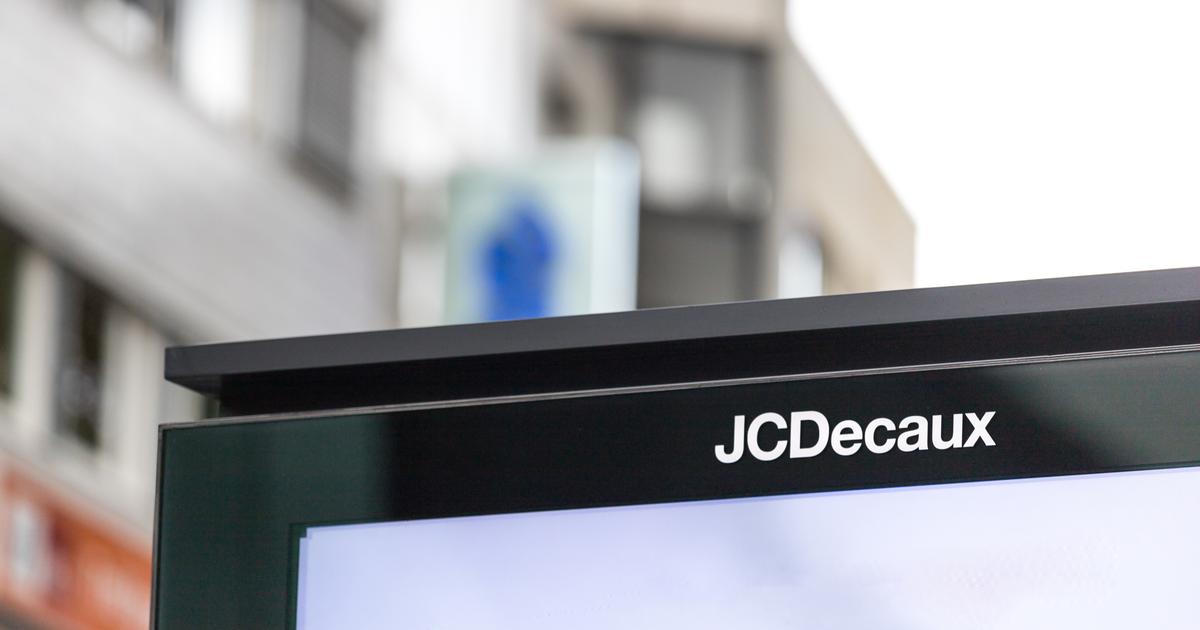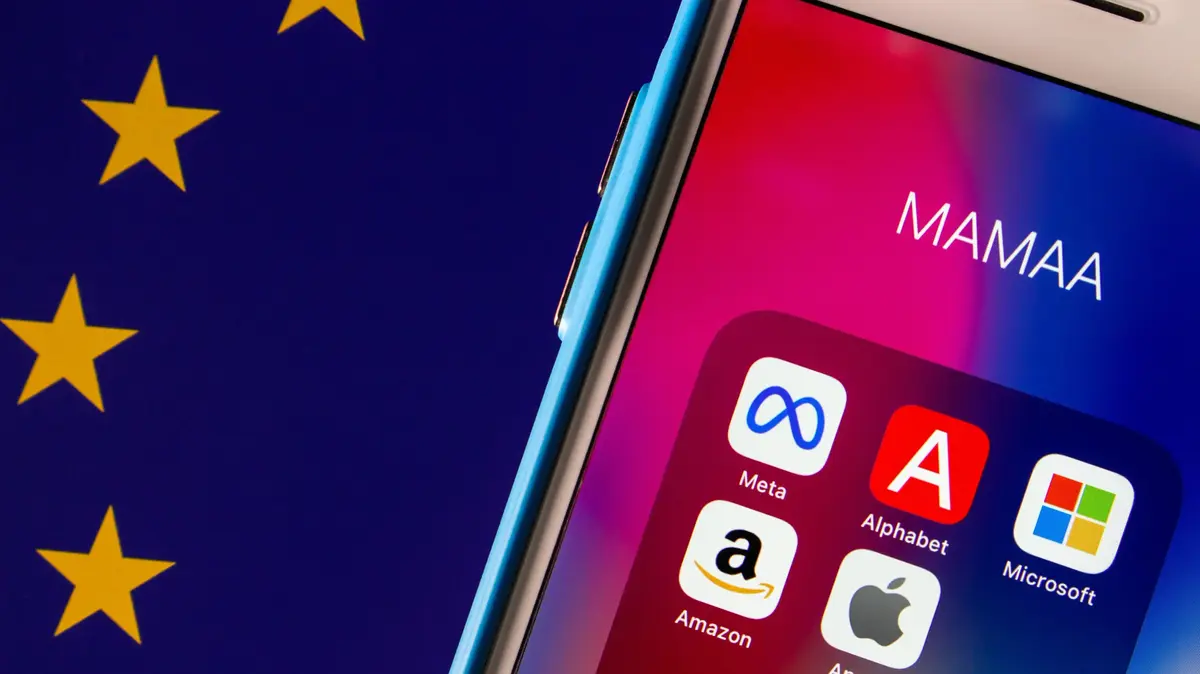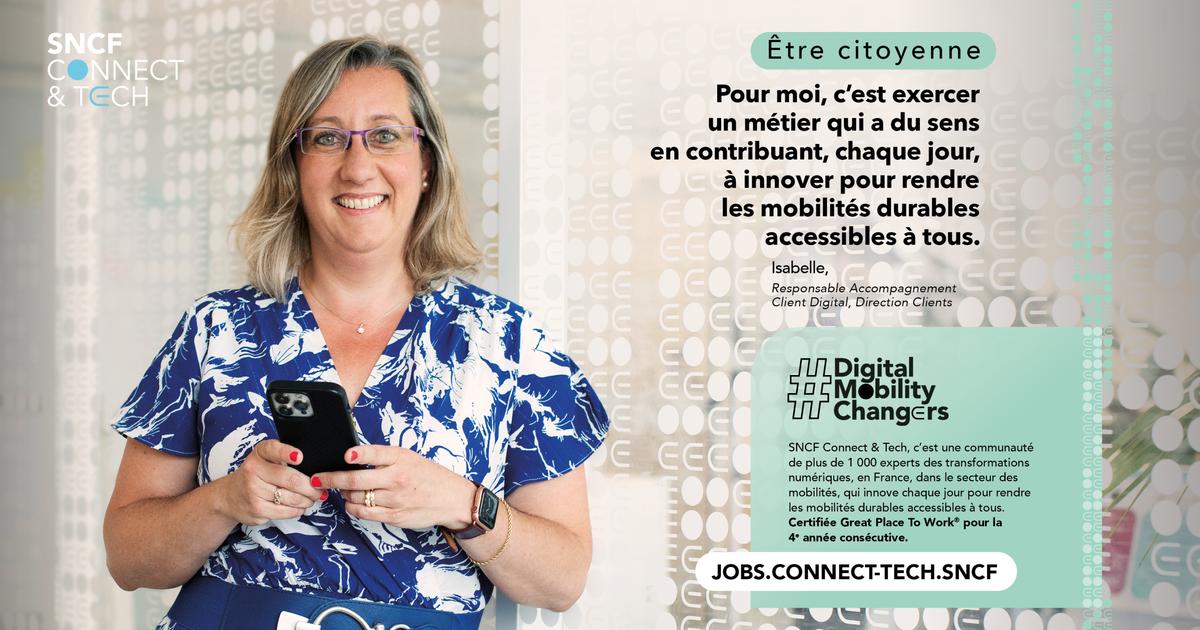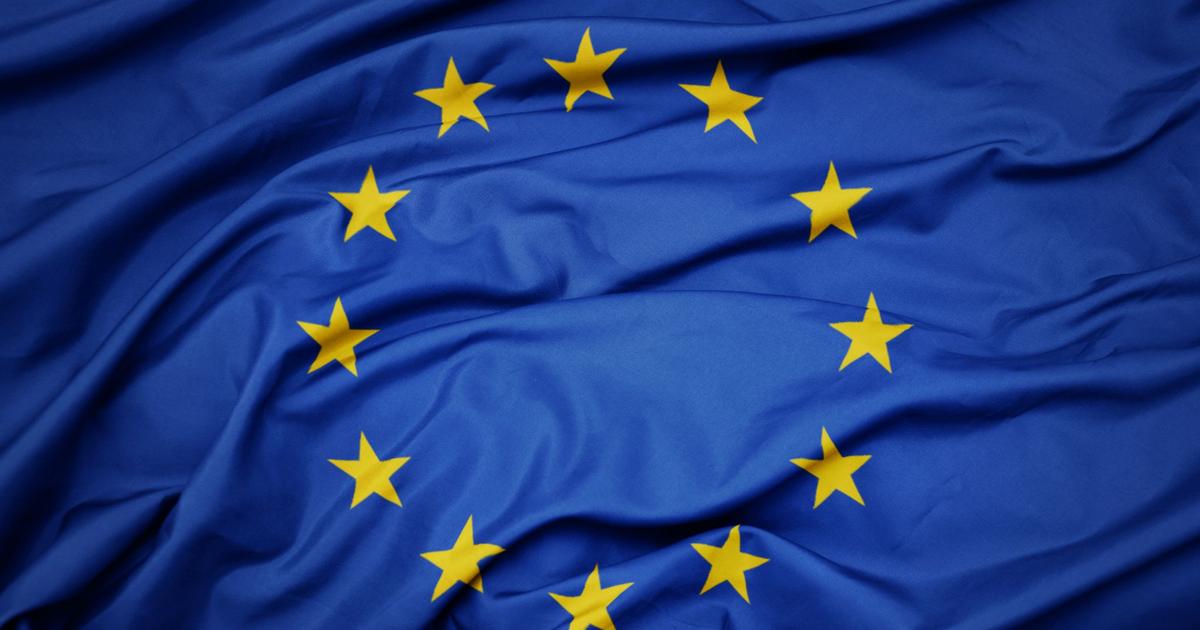Seniors (Photo: official website, Israel Cohen)
Population aging is an ongoing process defined as an increase in the proportion of elderly in society. In 2020, there were about 703 million people over the age of 65 in the world, and it is expected that by 2050 there will be about 1.5 billion people over the age of 65, responsible for 60% of consumption in Europe and Asia and 50% in North America, according to a UN global report on aging published last year.
The situation in Israel is similar. According to the Central Bureau of Statistics report for 2021, this year Israel numbered 1.163 million senior citizens (over the age of 65), with about 41% of senior citizens aged 75 and over.
According to global measurements, the total wealth of this population is estimated at $70 trillion. A study commissioned by the European Union found that in a hypothetical situation in which all people aged 50 and over in European countries lived in one country, it would be the third largest economy in the world.
This demographic change led to the emergence of a new market called the Silver Economy, which refers to economic activity related to the needs and demands of the elderly population, constitutes a substantial economic force. With low birth rates and medical advances leading to a significant increase in life expectancy, Silver's economy is expected to grow and demographic development opens up economic opportunities for companies and investors.
Age gracefully
As age increases, consumption habits change, and labor market participation decreases. For this reason, seniors tend to have higher levels of disposable income, allowing them to spend more on healthcare, leisure and tourism — sectors that will benefit from the effects of the Silver economy in the long run. Companies that develop products and services that appeal to the elderly audience may become leading brands among this population and thus increase their profitability.
Among the companies that have done so are Estee Lauder and Unilever, which have introduced different product lines dedicated to "aging gracefully." The U.S. food industry, for example, has focused on the 72 million baby boomers by creating brands that cater to their traditional tastes, as well as adding supplements to products to meet their health needs.
Marketing Challenges for Seniors
Companies targeting the elderly should, of course, also take into account unique characteristics of marketing to this population, which tends to be absent from digital media platforms and is more accustomed to traditional advertising methods, such as television advertisements or print ads.
In addition to generational differences in media consumption habits, senior citizens may have different preferences when it comes to purchasing decisions. For example, although online shopping makes it much easier for the elderly, many of them do not know how to shop online or do not feel safe giving their credit card details online.
To this end, many businesses choose to adapt their messaging and product offerings, for example by providing phone representatives instead of chat, or using AI technologies to create a 'human' bot that will respond patiently and courteously to their needs.
Another challenge is the need to address concerns regarding accessibility and ease of use, as many elderly people suffer from physical disabilities that make it difficult for them to perform various activities. In digital products, this can manifest itself in large, clear buttons and simple, unsophisticated microcopy.
The Hop-On app is a great example of this. The user who has just boarded the bus opens the app and immediately opens up the possibility to scan the QR code with which to pay for the ride. You can switch between the different modes of transport and in all cases the scan will work in the same way. It is evident that in-depth thinking has been done here about the elderly and disabled population who use public transportation, and about the usage environment, which can be stressful and crowded, and therefore the payment process must be quick and convenient.
More in Walla!
The breakthroughs, the treatments and what does the future hold? Everything you need to know about diabetes
In association with Sanofi
A fast user experience that fits your environment and audience. (Screenshot, Hop-on)
Often the barrier is not a physical limitation but a fear and aversion to technology, which prevents them from engaging in certain products or services. This is where the relatives of senior citizens come into play, a secondary and no less significant market for products for the elderly. Unlike the older generation, relatives such as children and grandchildren will usually be present on the networks and can be targeted through regular digital channels.
To market effectively to seniors, businesses must take all of these into account, understand their unique needs and preferences, and adjust marketing strategies accordingly.
Opportunity for investors and entrepreneurs
The discussion about sectors that will be positively impacted by Silver's economy would be incomplete without focusing on the healthcare-tech sector and healthcare-tech products, especially since spending is growing as a function of age.
It is important to distinguish between privately funded health products and services and public health services. Businesses that offer services in the public market, such as life-saving oncology care, tend to be under strict state scrutiny and will be more difficult for investors to navigate. In contrast, the privately funded healthcare market, aimed at discretionary products, such as cosmetics, is where we see better potential for companies and therefore investors seeking returns from Silver's economy.
Two sub-sectors of particular interest in the healthcare industry in this regard are optics (glasses and vision aids) and audiology (hearing aids), which constitute a significant expense among elderly consumers who aspire to improve their quality of life.
The global hearing aid market is expected to grow at an annual growth rate of 8.1% to reach $17.68 billion in 2029. The global optics market also has a bright future ahead of it – by 2030, the market is expected to grow by 31.2% and reach a total value of $324.1 million.
Innovative products for the elderly
BOSE, which deals with audio technology, recognized this trend and entered the field of hearing aids. Recently, it received FDA approval to market a new hearing aid that allows use via smartphone, without the need for the assistance of an external health provider. As befits the target audience, the marketing videos of these products are very different in language and style from the string of the BOSE catalog, which caters mainly to young people. In a serious, slow and clear tone, they explain to the elderly how to set up the app on their smartphone.
Despite the focus on the health sector, the impact of Silver Economy extends to a wide range of other sectors, which focus their activities on technologies to improve the quality of life of older adults.
For example, the Japanese company Toyota has developed humanoid robots that help the elderly and disabled perform various activities at home or even do them in their place. Another example is Alexa, Amazon's voice activated home utility. By merging the healthcare and digital services Amazon provides, Alexa can help seniors, provide better access to family members, and schedule medication.
Another possible reference to adapting the product to the adult audience is the renewal of the design of the product packaging. For example, the Swiss food company Nestle has redesigned instant coffee jars and chocolate packaging in several countries, so that even the elderly can easily open and hold them.
In conclusion,
An aging population has significant economic implications, creating challenges for companies but at the same time enabling growth and innovation and consequently yielding attractive opportunities for long-term investors. However, it is important to be selective and choose quality companies and implement them as part of the investment portfolio in a comprehensive strategy.
Rotem Greenfeld is a Customer Relations Manager in the Wealth Management Division of Rothschild Bank in Israel*The contents of this article do not constitute a recommendation or opinion regarding the purchase and/or sale and/or marketing of securities of any kind, and/or the execution of other investment activities, and they do not in any way constitute a substitute for investment advice and/or investment marketing by anyone authorized to engage in
this, Taking into account the data and special needs of each person. The contents of this article do not constitute an offer to purchase securities.
- Marketing & Digital
- Content & Creative
Tags
- Seniors
- Golden Age
- Senior citizens
- Elderly









